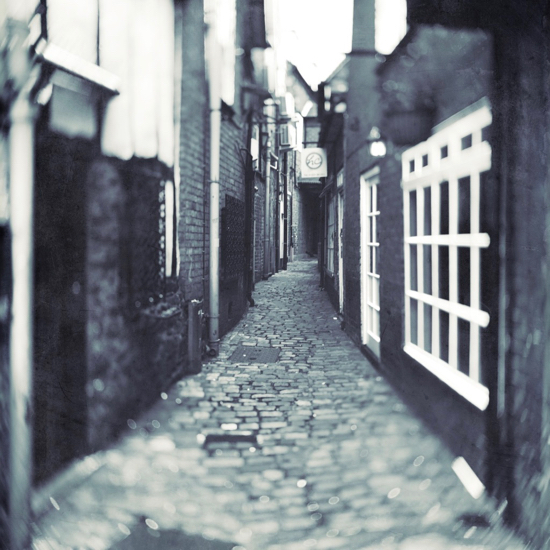
eXtensions - Monday 26 May 2025
By Graham K. Rogers

Students, tourists and conference-goers unwilling to risk visiting the USA. An early tripod support for the iPhone, was the Glif. The updated version was superior than the original, but then disappeared. Now Studio Neat has a new supplier. AN online source outlined Trackback on the Apple Watch, but when I tried my Watch showed me more data than for just the one trip, perhaps going back a year or more. Some users are still booting old versions of Windows. And Fortran.
The Faculty of Engineering at Mahidol University, Thailand, recently put on a show of student work: a poster exhibition of senior year capstone projects. I was quite impressed with several of the projects this year, particularly those that looked at innovative solutions to existing problem. Some of the students had taken a fresh look and come up with interesting solutions. I am interviewing some of these students currently and will put information on my site and on Facebook so the others can share what I've been looking at of late.

I am concerned for a number of reasons about Harvard University losing its ability to accept foreign students, but is far was worse as all those currently studying lost their status in the same announcement. This was later blocked by a Federal judge, but people worldwide are rethinking their plans to visit the USA. The faculty I work at does not have any students at Harvard, but there is some concern all round as the US Administration is putting pressure on higher education establishments there. Students from Mahidol University are studying in many countries (Japan, Canada, Taiwan and more), but I expect our students and those from many other countries are wary of applying to US universities right now.
Tourism numbers in the USA are down, and those attending conferences are also reluctant to travel. A couple of months ago a French academic on the way to a conference was turned back at the port of entry because of messages on his phone (Robert Mackey, the Guardian). That sent warning ripples through the academic community and this week Joseph Cox (404 Media) reports that the HOPE Hackers Conference has seen a 50% fall in registrations. One scheduled speaker, Thomas Kranz, has already pulled out. Kranz noted that friends attending the RSA cybersecurity conference in San Francisco were detained at the border and refused entry. Who wants to take that risk?
Statistics on eXtensions went wild this week as Microsoft was accessing the site on Thursday and Friday, followed by Google on Saturday. Using a couple of different IP numbers, on Sunday Google made 3 more visits, each time with the same number of hits and accessing the same number of files. Kilobytes and Visits were different. I guess I shall not be looking forward to a check from these companies. At least if they clicked on the advertising, I might see a few cents from all this theft of my output.
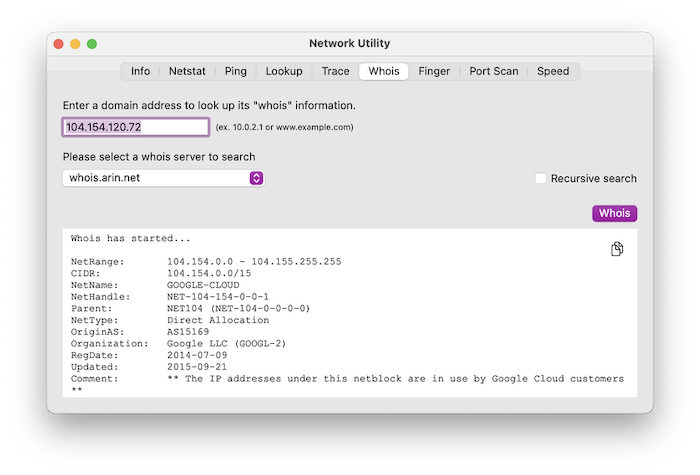
In its early days, the iPhone as a photographic device needed a way to support the body when taking photographs, in the same way that a camera is fixed to a tripod. That is fairly easy as most cameras have a nut built in to the body that can be screwed on to a thread on top of a tripod. A number of solutions appeared but most were plain ugly. Then the original Glif appeared, which enabled a frame with a suitable thread-equipped component to be fixed to the iPhone so that a tripod could be used. There was an additional feature that used a half-ring allowing a line to take the place of the tripod: the iphone could be hung outside a window or floated on a balloon. I did try the line out of a window, but was wary and only tested it for a short time.
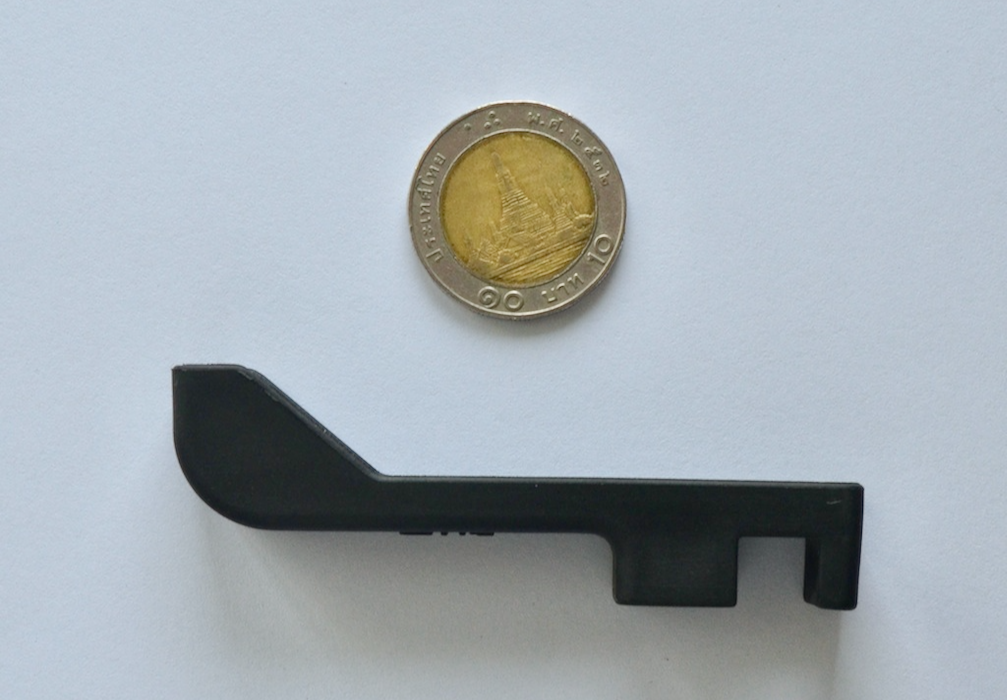
|

|
A year or so later, Studio Neat updated the Glif and this was in the form of a solidly engineered adjustable claw that was spring loaded, with a quick-release locking device and 3 tripod mounts, so it could be used in landscape or portrait mode, and have a microphone attached. This version would fit almost any modern smartphone, although (58-99mm) would not really stretch to the iPad mini. I still have one. And then the Glif disappeared from the Studio Neat site. The supplier in the USA, reportedly just dropped them and eventually supplies dried up. Now they are back. They have a new supplier and the device is shown once again on the site with a price of 923 baht.
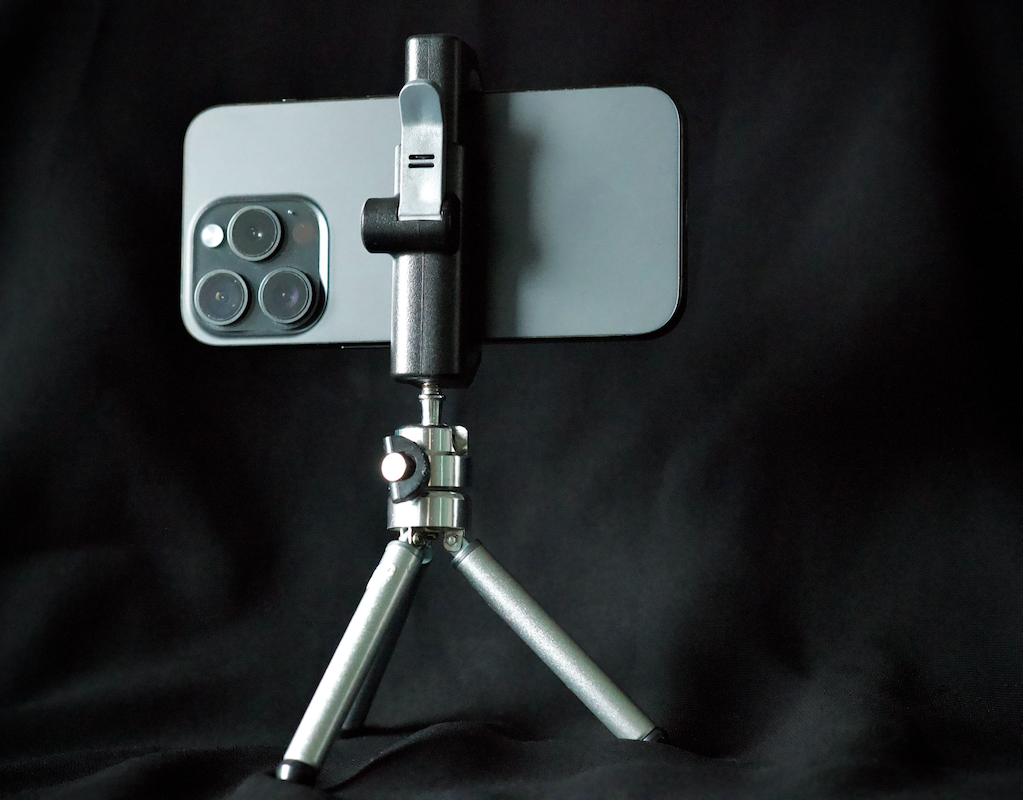
Once in a while I find out about a feature I never knew existed that is available on one of my Apple devices. This week, Tim Hardwick (MacRumors) writes about the Trackback feature on the Apple Watch. This is part of the Compass app, which I did not know was on the Watch either. This indicates that sometimes we may be limited by what we know, what we are comfortable with, or the familiarity of those apps we use on a daily basis. Hardwick appeared to have done me a favor.
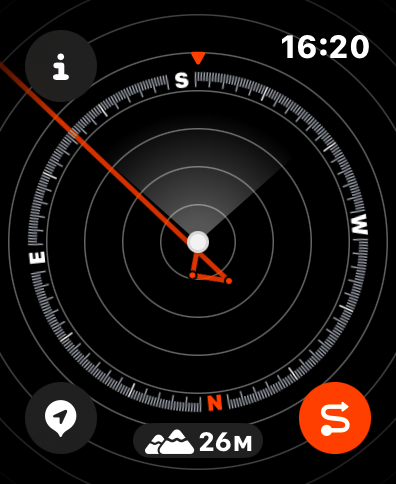
|
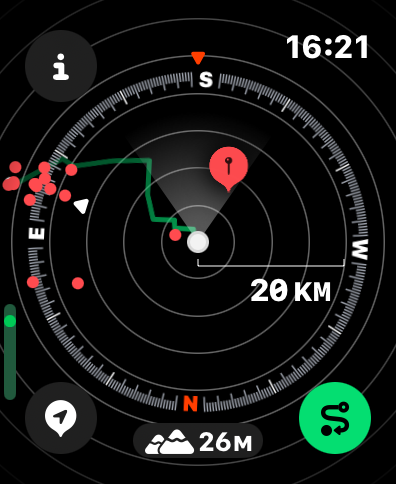
|

|
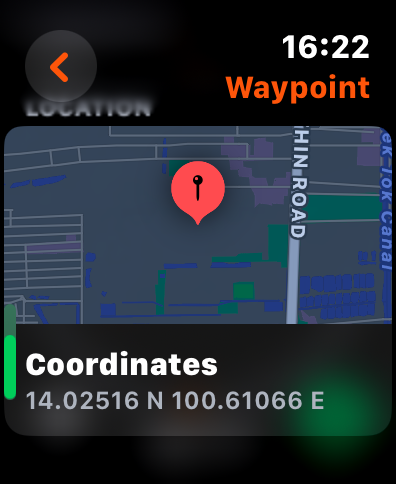
|
He outlined the simple process of setting up the recording of a route, and then replaying that. Knowing that it existed, I deliberately left it unactivated until lunchtime, to see if it recorded without specific instructions. It appeared not to have done and this matched Hardwick's setup information (Number 4). After lunch when I was in Bangkok I turned the feature on, and let it run until I was home.
As I started to look at the points recorded, it became obvious that these were not just for the afternoon when I had turned this feature on. Although some locations I had been at or near were shown, there were several places listed that I am not sure that I have ever visited, or have not been near for a while. The images I have used showing Klong Luang are just over 5 kms north of Don Muang Airport and the last time I was there was 4 July last year coming back from a few days in Krabi

This year (or longer) I have not been anywhere near some locations that were given for just north of Bangkok. Where had the data from locations 40kms or more come from, and why are they still there? I would like to clear all the data and start again, but that Delete Path button leaves the points shown on the compass screen and all are still accessible in the locations list. According to information on the iPhone, the Watch Compass app has 12.9MB data stored.
I have never used Windows. I did use MS-DOS at the beginning, starting with version 2.4 in 1985, working up to 6.1. I thought that one of the best versions was 5. Microsoft used Brubeck's Take Five when it was released in June 1991. It also had an interesting introduction here (at the Hilton Hotel). The audience was told, OK, we know most of you are using pirate versions. . . That was indeed true, mainly as it was so hard in those to buy legitimate software. I tried. As soon as a distributor understood that the disks were to be sent to Thailand, there was a big No.

The man from Microsoft at the Hilton told the audience, if you give us 500 baht, we will provide the disks and forgive you (not exactly those words, but the gist was there). I jumped at it. Not only were there disks which I still have, but a large printed manual was also provided. When I bought MS-DOS 6, there was no printed manual. Not long after (and unrelated) my 386 PC died, and I was offered a Mac. Instead of Windows 3.1, I used System 7, but later shifted to newer devices and OS X. That opened several doors for me, including trips to San Francisco, MacWorld and WWDC.
I am now on macOS Sequoia (15.5), but I am aware that some systems worldwide are still running older operating systems for a number of reasons, including nuclear launch facilities in several countries; and Fortran is still used in engineering and scientific applications. Thomas Germain reports that early versions of Windows are still in use, which is not a surprise to me as some users - some companies - are reluctant to update for several reasons. It is interesting to see local ATMs when they boot up, but Germain makes it clear that this is more widespread than I had thought. He also outlines other ways in which older versions of Windows are still being used. Some of these are due to the older hardware that has been kept in use, on railways, printing, machining, and critical records systems. Still booting after all these years
Writing in Six Colors, Glen Fleishmann who is a long-term user of Apple products, seems to be having a sort of mid-life rethink about Apple. Yes, we still love the company, but it has indeed changed and not all is as we might wish it were. He uses a couple of examples that have called into question the direction Apple is taking: the Epic Games suit is one. I do not agree with everything he writes (I loved the iPod socks), but there are some truths in the article that many users will have been unaware of.
I like using Apple products because I am hooked into a system that really does work (e.g. synchronization of data). Why would I change, It would be like asking me to change from a Nikon DSLR, with all the lenses I have, to a Canon. I may have to change one day when the D850 eventually expires, but (absent finding another new D850) I would expect a move to the Nikon mirrorless system, partly because there is a way to continue using my lenses. It is that continuity that keeps many users with Apple and its mix of products. My other choice would be the Hasselblad X2D 100C, but that is a whole new ball game.
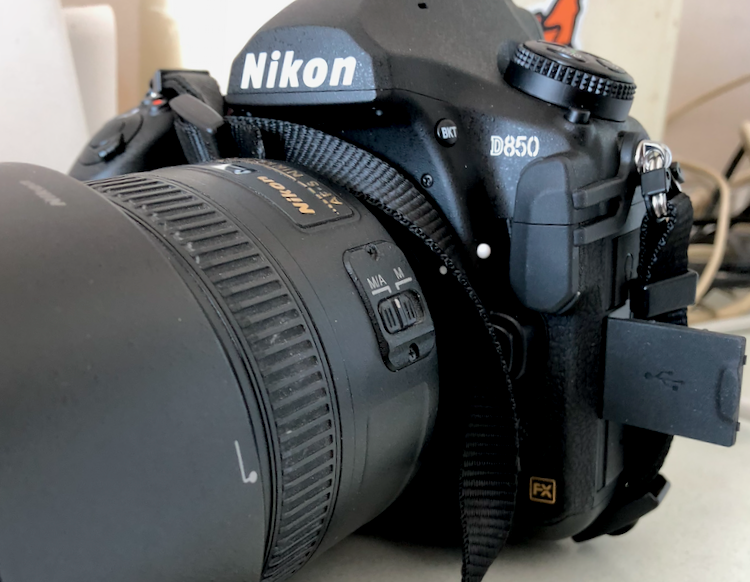
Graham K. Rogers teaches at the Faculty of Engineering, Mahidol University in Thailand. He wrote in the Bangkok Post, Database supplement on IT subjects. For the last seven years of Database he wrote a column on Apple and Macs. After 3 years writing a column in the Life supplement, he is now no longer associated with the Bangkok Post. He can be followed on X (@extensions_th). The RSS feed for the articles is http://www.extensions.in.th/ext_link.xml - copy and paste into your feed reader.

For further information, e-mail to
Back to
eXtensions
Back to
Home Page